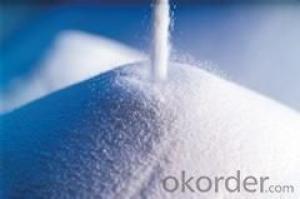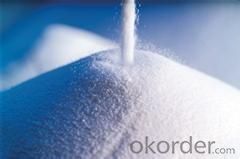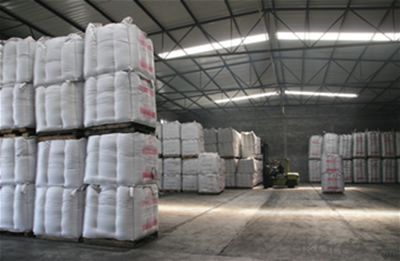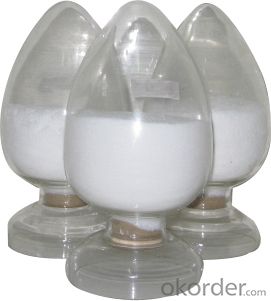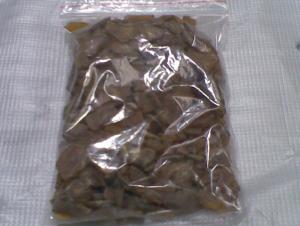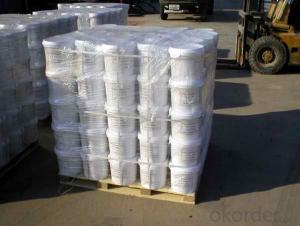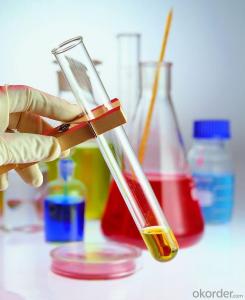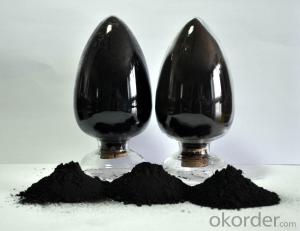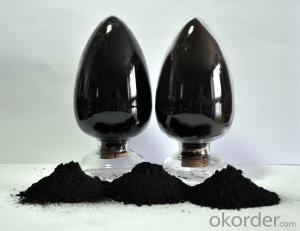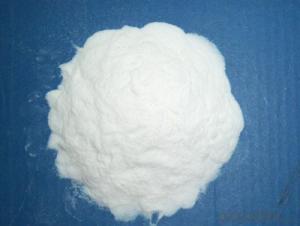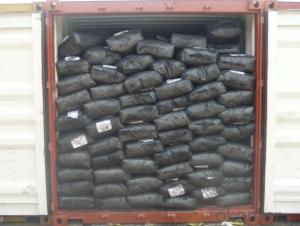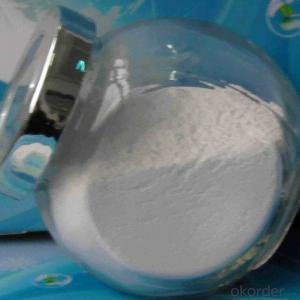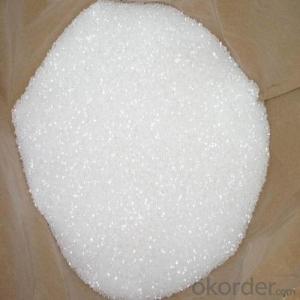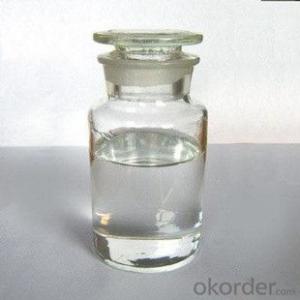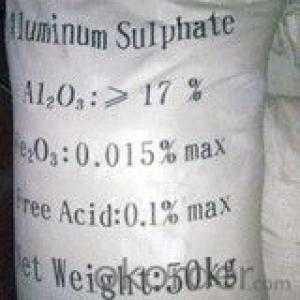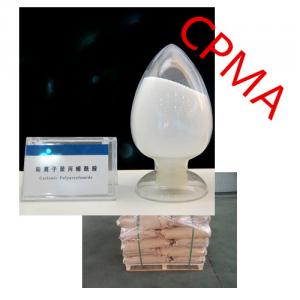White Carbon Black The Fumed Silica
- Loading Port:
- Tianjin
- Payment Terms:
- TT OR LC
- Min Order Qty:
- -
- Supply Capability:
- 10000MT m.t./month
OKorder Service Pledge
OKorder Financial Service
You Might Also Like
The Fumed Silica
Product Description:
Fumed Silica
1.Used in tires, tire body, with beam layer and sidewall rubber and rubber products,Shoes Etc.
2.Product Status:White powder
Suggest for Use:
(1) M-150 type is a hydrophilic fumed silica and is a white powder of high purity.Applied in rubber and room temperature vulcanized rubber(TVR) rubber, adhesives and sealants, coatings and paint, etc.As the strengthening filler of the rubber,the rheological and thixotropic fluid control systems, adhesives, polymers, etc.; dustproof, anti-sagging, thickening; improve the free flow of powder and anti-caking characteristics of powder.
(2) M-200 type is a hydrophilic fumed silica and is a white powder of high purity.Applied in coatings and paints, unsaturated polyester resin, composite resin and gel coats,elastomer, particularly rubber and RTV rubber, adhesives and sealants, printing inks, cable compounds, plant protection, food and cosmetics.As the strengthening filler of the rubber,the rheological and thixotropic fluid control systems, adhesives, polymers, etc.; dustproof, anti-sagging, thickening; improve the free flow of powder and anti-caking characteristics of powder,high transparency etc.
(3) M-300 type is a hydrophilic fumed silica and is a white powder of high purity.Applied in paints and coatings, silicon rubber and other elastomers, compounds and unsaturated polyester resins, adhesives and sealants, printing inks, etc.As the strengthening filler of the rubber,the rheological and thixotropic fluid control systems, adhesives, polymers, etc.; dustproof, anti-sagging, thickening; improve the free flow of powder and anti-caking characteristics of powder.It has excellent transparency in term of unsaturated polyester resin.
(4) M-380 type is a hydrophilic fumed silica and is a white powder of high purity. Applied in paints and coatings, silicon rubber and other elastomers, cable material and unsaturated polyester resins, adhesives and sealants, printing inks, etc.It can be used as reinforcing material for elastomers; rheology and thixotropy auxiliaries; dustproof, anti-sagging, thickening; It could enhance the free flow of powder and anti-caking; It has excellent transparency in term of unsaturated polyester resin.
TDS of the Fumed Silica Standard: GB3778-2003
Product Varieties | M-150 | M-200 | M-300 | M-380 | Test Method |
Nsa Surface Area(m2/kg)(BET)m2/g
| 150±30 | 200±30 | 300±30 | 380±30 | GB/T20020-2005 |
Suspension of pH value (4%) | 3.6~4.5 | 3.6~4.5 | 3.6~4.5 | 3.6~4.5 | ISO787-9 |
Loss on drying (dry 2H under the condition of 105 ℃) % | ≤1.5 | ≤1.5 | ≤1.5 | ≤1.5 | ISO787-2 |
Loss on ignition (1000 ℃ calcination for 2 hours based on105 ℃ drying after drying for 2 hours) % | ≤2.5 | ≤2.5 | ≤2.5 | ≤2.5 | ISO3262-1 |
45um sieve residue % | ≤0.05 | ≤0.05 | ≤0.05 | ≤0.05 | ISO787-18 |
Silica Content%(based on calcined products ) | ≥99.8 | ≥99.8 | ≥99.8 | ≥99.8 | ISO3262-20 |
Apparent density(based on105 ℃ after drying for 2 hours) g/L | 25~60 | 25~60 | 25~60 | 25~60 | ISO787-11 |
Carbon content(based on105 ℃ after drying for 2 hours) % | ≤0.2 | ≤0.2 | ≤0.2 | ≤0.2 | ISO3262-20 |
Safety:
As a matter of good industrial hygiene, gloves and safety glasses with side shields or better eye protection should be worn when handing Carbon Black ,For more information, refer to the MSDS.
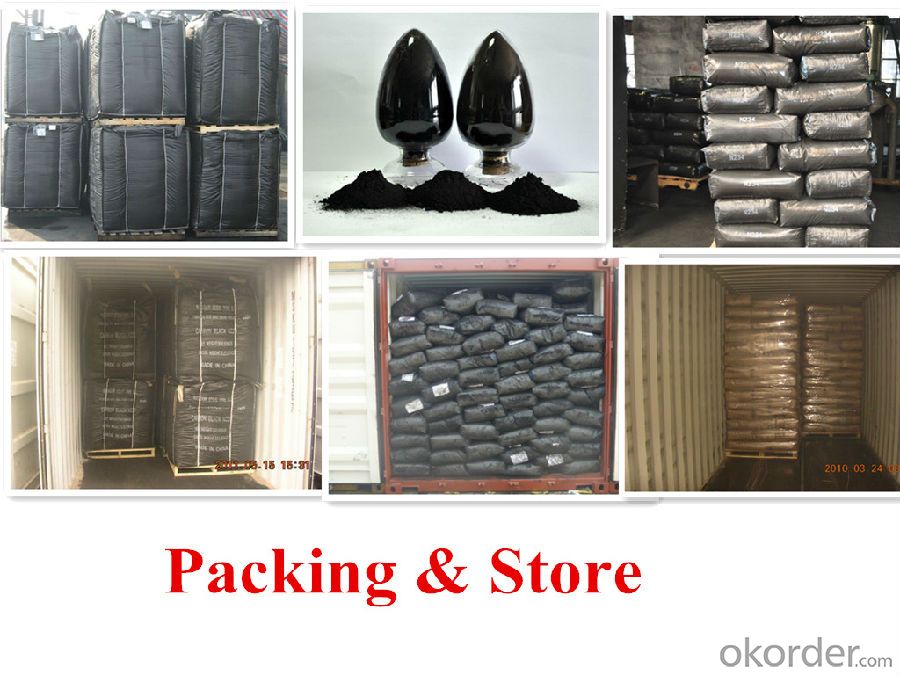


- Q: In the chemical calculation, the quality of the catalyst should not be counted before and after the reaction
- Half is not easy to save trouble
- Q: What are the chemical reaction conditions in organic chemistry are catalyst and heating, please elaborate
- This really does not have omnipotent law, their own more than one point, you can classify to remember, when I was in high school is in accordance with the notes, such as poly, polycondensation and the like. In general, the double triple bond addition, plus halogen is not the conditions, plus HCl, HBr and the like to heat; dehydration reaction generally concentrated H2SO4 heating, dehydration condensation is also; there are some special, such as ethylene added to ethanol Special temperature requirements, it seems that 120 degrees, there are other; other addition poly, polycondensation some need catalyst. The The In short, the conditions are many, in general, you do not go to the high school to do more questions after the feeling, encounter problems do not panic general experience can come out according to experience, this also depends on the usual accumulation, if the equation conditions Wrong to deduct points, it is not worthwhile. There are some questions when the examination will give you some information, whether you know do not know should see clearly, although some of the reaction but the subject to the conditions are not the same, when you do according to the title to write conditions, this will not wrong. In addition, thank you for your help, I do not seem to know you
- Q: What about the chemical reaction of the catalyst if there is no catalyst?
- Slow response or no reaction
- Q: The role of catalyst in chemical reactions
- Negative catalysts can be used to control the reaction rate (such as some reaction too fast, instantly release a lot of energy caused by danger, you can join), common is the antioxidant
- Q: Does the catalyst slow down the chemical reaction rate? Still can only accelerate
- The role of the catalyst is to change the activation energy to achieve the purpose of changing the reaction rate, there is a rate of response to speed up the rate of slow response
- Q: explain how a catalyst can affect the rate of reaction but not be in the overall equation.?
- Catalysts act to increase the rate of reaction, for example by providing an alternative reaction pathway which lowers the activation energy of the reaction i.e. increasing the likelihood of successful collisions between the reactants. However, they are not used up during the course of the reaction, and at the end you have exactly the same mass of catalyst as you started with, unlike the reactant(s), which will be used up to form product(s). So, the overall equation of the reaction does not include the catalyst because it only needs to show the substances which are used up or formed during the course of the reaction i.e. the reactants and products.
- Q: I think doubling the concentration of catalyst will double the rate of a reaction (K2/K1 =2). I want to confirm. This is for my project work. Please reply as soon as possible.
- A catalyst speeds up a chemical reaction by providing an alternate reaction pathway with a lower activation energy, thus increasing the number of collisions that can result in the formation of product. When the catalyst is a reactant in the rate determining step, and the reaction is first order in the catalyst, then a doubling of the concentration will double the rate. But if the rate determining step which includes the catalyst is not first order, then doubling the concentration won't double the rate. Then there is the case of a heterogeneous catalyst in which the reaction is essentially zero order in the catalyst. The amount of catalyst won't affect the speed of the reaction beyond the initial increase. The mere fact that the catalyst is present speeds up the reaction.
- Q: The greater the chemical adsorption strength, the catalyst activity changes
- If the adsorbent is a reactant, then the better the adsorption capacity of the better catalytic effect; but the catalyst surface of the product will generally have adsorption, if this effect has become very strong, then desorption The process will become difficult, the catalytic effect will decline; the other one, if the adsorption of other substances, such as the reaction may produce a reaction or the catalyst will poison the material, it is greatly detrimental to the catalytic effect. The effect is to be controlled in a suitable optimum range for superior, and preferably to be selectively adsorbed.
- Q: The beginning of the chemistry plus the catalyst and the plot without the Cuihua agent
- What image, rate or balance?
- Q: The chemical reaction equation of methanol heating and oxygen in the presence of catalyst
- 2CH3OH + O2 === 2HCHO + 2H2O
Send your message to us
White Carbon Black The Fumed Silica
- Loading Port:
- Tianjin
- Payment Terms:
- TT OR LC
- Min Order Qty:
- -
- Supply Capability:
- 10000MT m.t./month
OKorder Service Pledge
OKorder Financial Service
Similar products
Hot products
Hot Searches
Related keywords
